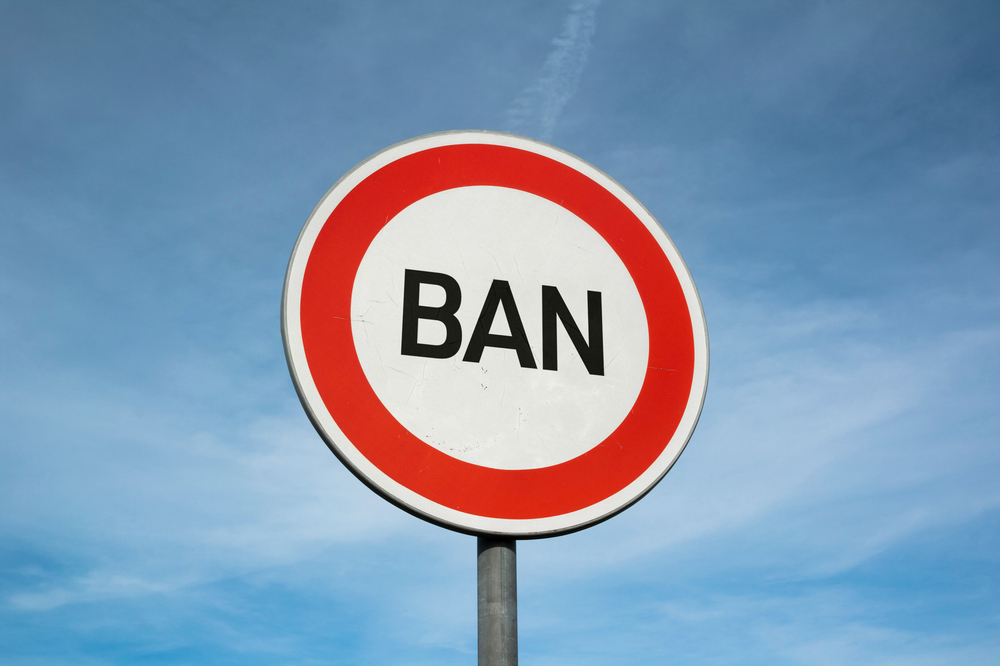“Post-release” typically refers to the period after a person has been released from custody, often on bail or after serving a sentence in jail or prison. The specific circumstances of post-release can vary widely depending on whether the individual was released on bail, parole, probation, or after completing a prison sentence. Here’s a general overview of how post-release works:
- Bail Release:
- If a person is released on bail, they are allowed to return to their normal life while their case is pending.
- They must comply with any conditions of their release set by the court, such as attending all court hearings, staying within a specified geographic area, or adhering to other restrictions.
- The individual is expected to follow the law and not engage in any criminal activity while on bail.
- Parole Release:
- Parole is typically granted to individuals who have served a portion of their prison sentence. It is a form of supervised release that allows them to reintegrate into society under certain conditions.
- Parolees must regularly meet with a parole officer and follow specific rules and conditions, which may include drug testing, employment requirements, curfews, and more.
- Violating the terms of parole can result in the individual being sent back to prison to serve the remainder of their sentence.
- Probation Release:
- Probation is often an alternative to incarceration, where individuals are allowed to remain in the community under strict supervision.
- Probationers are required to meet with a probation officer, adhere to specific rules (such as attending counseling, performing community service, or paying restitution to victims), and stay out of legal trouble during their probationary period.
- Violating the terms of probation can lead to various consequences, including additional probation conditions, jail time, or a return to court for resentencing.
- Release After Serving a Prison Sentence:
- When someone completes their prison sentence, they are typically released from custody and return to society as a free individual.
- They may be subject to parole or probation conditions, depending on their specific case and the laws of their jurisdiction.
- Post-release support programs, such as reentry programs or halfway houses, may be available to assist individuals in transitioning back into society. These programs can provide job placement assistance, housing, counseling, and other support services.
- Reintegration and Rehabilitation:
- Post-release often involves efforts to help individuals reintegrate into society successfully. This may include access to educational programs, job training, substance abuse treatment, mental health services, and other resources aimed at reducing the risk of recidivism (reoffending).
- Legal Obligations:
- Individuals released from custody are still responsible for fulfilling any legal obligations, such as paying fines, restitution to victims, or child support.
It’s crucial for individuals who have been released from custody to fully understand the terms and conditions of their release and to comply with them to avoid legal consequences. The specific details of post-release can vary based on the jurisdiction, the nature of the offense, and the individual’s criminal history. Consulting with a legal professional, such as a defense attorney or parole officer, can provide guidance and assistance during the post-release period.






